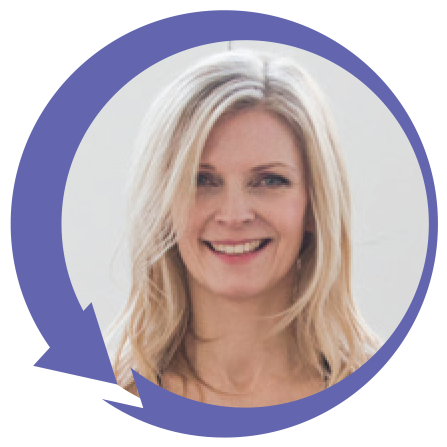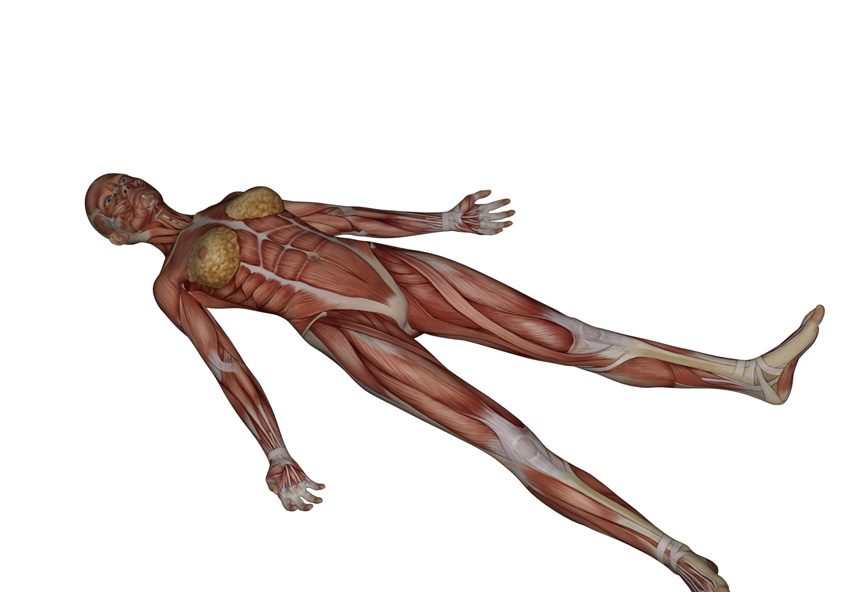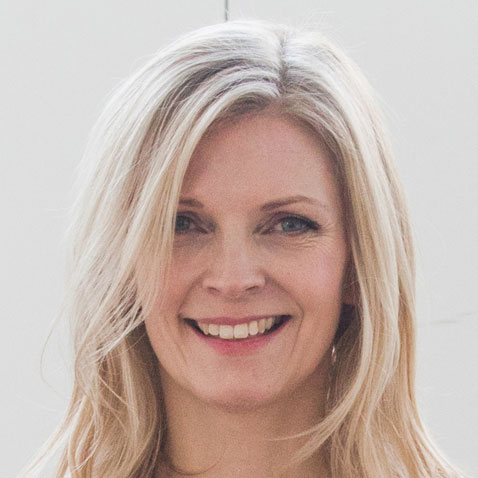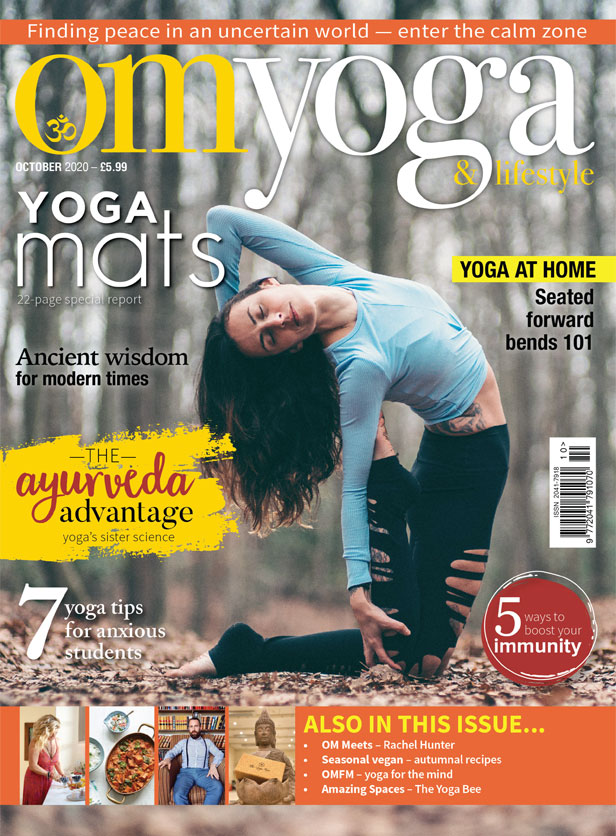
A 360º overview of...
Corpse Pose (Savasana)
With Dr Kiki Morriss
Deep relaxation is a vital part of life but we often forget this, due to the fast pace and complexity of our lives.
Resting in Savasana (corpse pose) at the end of a yoga class, presents us with a golden moment for rest, healing and wellbeing. It is one of our greatest opportunities to experience complete mental, physical, emotional and spiritual relaxation.
Yet in many yoga classes today, teachers are neglecting to teach Savasana and are giving their students little or no time to rest at the end of a class. I would urge them to devote renewed attention and time to this essential pose, for it is here that we truly reap the benefits of our physical practice.
The benefits of this pose:
- Allows the body to be still and rested.
- Disciplines the mind to be quiet and observant.
- Decreases the fight-flight-fright response of the sympathetic nervous system.
- Increases the rest-renew-heal response of the parasympathetic nervous system.
- Helps you feel calm, in control of your experience, and connected with yourself and the world.
Variations:
- Place your legs a little further apart to relax your abdomen
- If it is uncomfortable lying flat in Savasana, bend your knees and rest them on a bolster
- Rest your head and neck on a small pillow for greater comfort.
Cautions & modifications:
- Before 30 weeks of pregnancy, it is advisable to lie on your left side if you experience any nausea or dizziness when lying on your back
- From 30 weeks of pregnancy, lying on your back should be avoided. Lying on your left side will encourage good fetal positioning, in preparation for labour.
Ways of Practicing:
- If you find it difficult to still your mind during Savasana, try listening to a Yoga Nidra recording such as Becalmed, which is available on iTunes.
MOVING INTO THE POSE
- Sit in Staff Pose (Dandasana.)
- Lean back on your elbows and check that your upper body and legs are aligned.
- Slowly lie down, lowering yourself vertebra by vertebra (each of the small bones forming your spine.)
- Settle your back on the ground.

FOCUS ON YOUR HEAD AND NECK
- Keep your head in a centred position.
- Rest on the centre of the back of your skull.
- Avoid raising your chin. Lengthen the back of your neck by gently drawing your chin towards your chest.
- Relax your jaw and allow space between your back teeth.
FOCUS ON YOUR SHOULDERS AND BACK
- Soften your shoulders away from your ears, to create space for your neck.
- Move your shoulder blades down your back.
FOCUS ON YOUR ARMS
- Rest your arms by your sides, slightly away from your upper body.
- Turn your palms to face the sky.
- Allow your fingers to curl naturally.
FOCUS ON THE FRONT OF YOUR BODY
- Allow your abdomen to relax. Feel it rising and falling as you breathe in and out. Observe your body breathing.
- Broaden across your upper chest and widen your collarbones outwards.
FOCUS ON YOUR LEGS
- Straighten your legs and place them hip width apart.
- Allow your feet to drop evenly to the sides and experience a gentle, external rotation of your hips.

COMING OUT OF THE POSE
- Slowly come back to an awareness of your breath.
- Observe your body breathing in and out.
- Gently move your fingers and toes.
- Bring your arms on either side of your body and stretch from your fingers to your toes.
- Rest your arms where they are most comfortable. Experience this moment of ease and comfort.
- Be aware of how much life force there is within you. Make an intention to use this life force for the benefit of yourself and of all living beings.
- Slowly open your eyes
- Bend your knees and roll onto your side in a foetal position.
- Slowly lift yourself up to a seated position.






